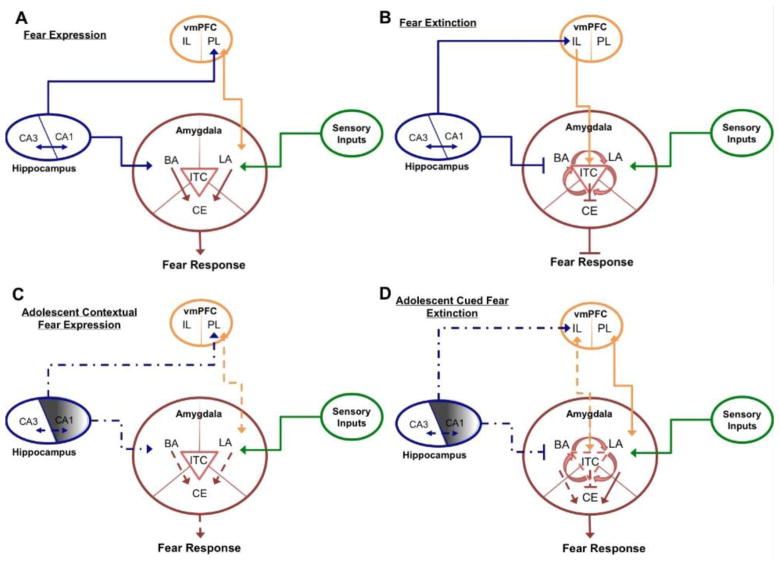Figure 4. Developmental neural circuitry of fear expression and extinction.
Diagrammatic representation of adult neural circuitry implicated in (A) fear expression and (B) fear extinction. (C) A lack of contextual fear expression in adolescent mice can be traced to immature CA1. Without proper CA1-PL and CA1-BA inputs, there is a lack of downstream activation of CE output neurons, resulting in a diminished or suppressed fear response. (Weak signals and low functional connectivity represented by dotted lines). (D) A lack of CA1 excitatory input to IL combined with a lack of CA1 inhibitory input to BA, typical in cued fear extinction, results in reduced inhibition of CE output neurons, resulting in fear expression and a lack of extinction. Arrowheads delineate pathway excitation; straight ends delineate pathway inhibition. (BA, basal amygdala; LA, lateral amygdala; CE, central amygdala; vmPFC, ventromedial prefrontal cortex; PL, prelimbic cortex; IL, infralimbic cortex; ITC, intercalated cells). *For simplicity, connection arrows are delineated as being unidirectional, although bidirectional projections exist.

